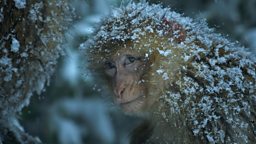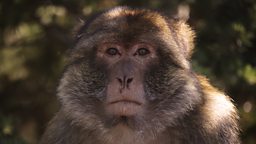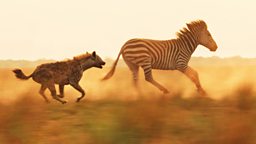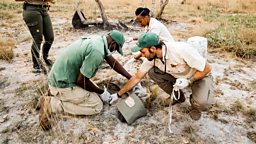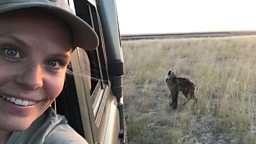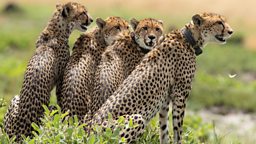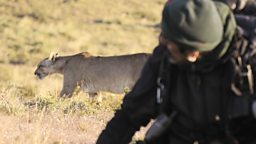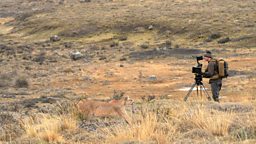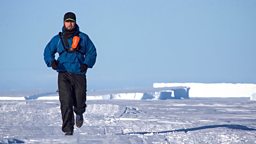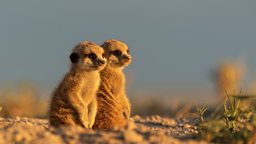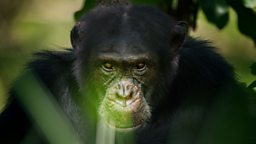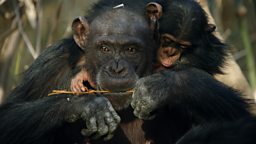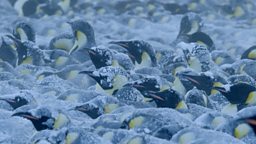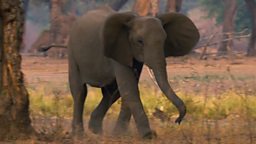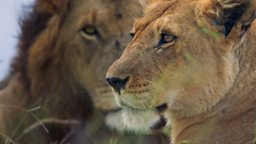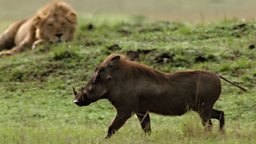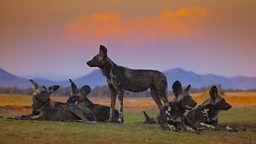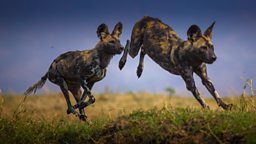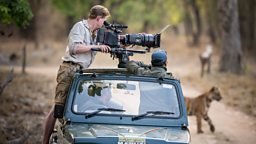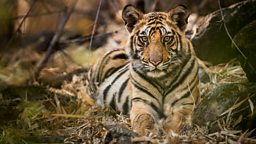Painted wolves hunting baboons
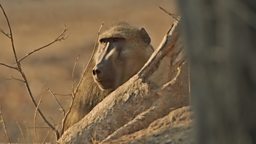
One of the great rewards of spending so much time following the painted wolves, more even than the experts are able to do, is that we started to see behaviours that had not been recorded before.

If you鈥檝e got four big male baboons defending their troop then 30 painted wolves running through them could cause chaos.
When Blacktip first took over her mother Tait’s territory she and her pack did well, catching lots of impala. But as the dry season arrived this started to become dangerous. During the wet season, elephants walk back and forth from the river and make deep footprints. In the heat of the dry season those holes bake as hard as rock, leaving a crater-field. When the painted wolves chase impala they travel very quickly, up to 72kph and aren’t able to look where they are going. Crossing one of these big elephant pathways, they risk getting a foot jammed and could easily break a leg. As the dry season set in we started to see something new. Blacktips pack began hunting baboons instead. It began slowly but picked up to the point where baboon became 50 per cent of their diet.
It was a big surprise when we saw it for the first time; as all the books say that painted wolves do not hunt baboons. They totally outgun painted wolves, which weight about 25 kilos, while a big male baboon is up to 40 kilos. Baboons have also got huge, strong canine teeth. The painted wolves picked up a lot of injuries from hunting them.
We saw one painted wolf break a leg hunting impala (she recovered amazingly quickly) and we saw others limping after hunts. So switching prey made a kind of sense. Baboons are slower, so chasing them is less risky. We noticed that when the wet season returned the painted wolves’ diet went back to almost 100 per cent impala.
Baboons are still dangerous to catch but Blacktip’s pack had got so big, up to 30 animals, that they had the advantage. If you’ve got four big male baboons defending their troop then 30 painted wolves running through them could cause chaos. It distracted the defenders allowing the painted wolves to pick out the weak and the young. As time went on, Blacktip’s pack got more practised and skilled at refining their strategies and smaller packs could also hunt baboon efficiently.
It’s quite tough behaviour to watch and film, but for the painted wolves it’s a brilliant survival strategy and we felt privileged to have witnessed it.
